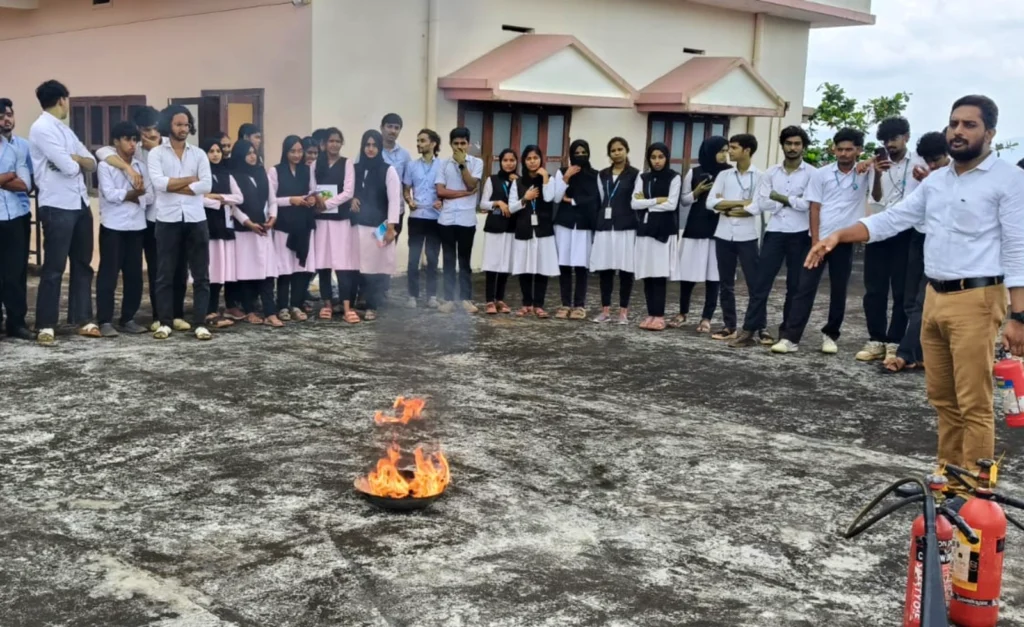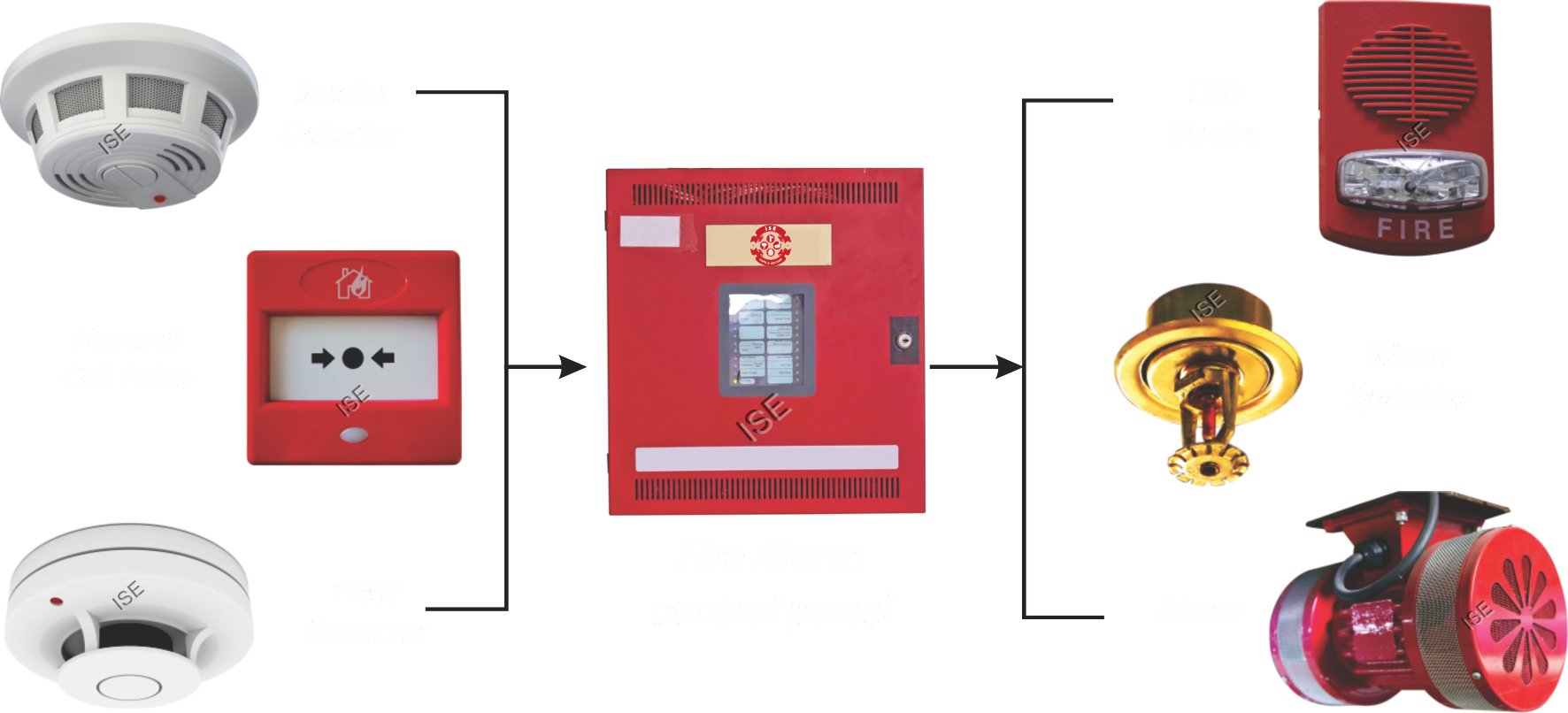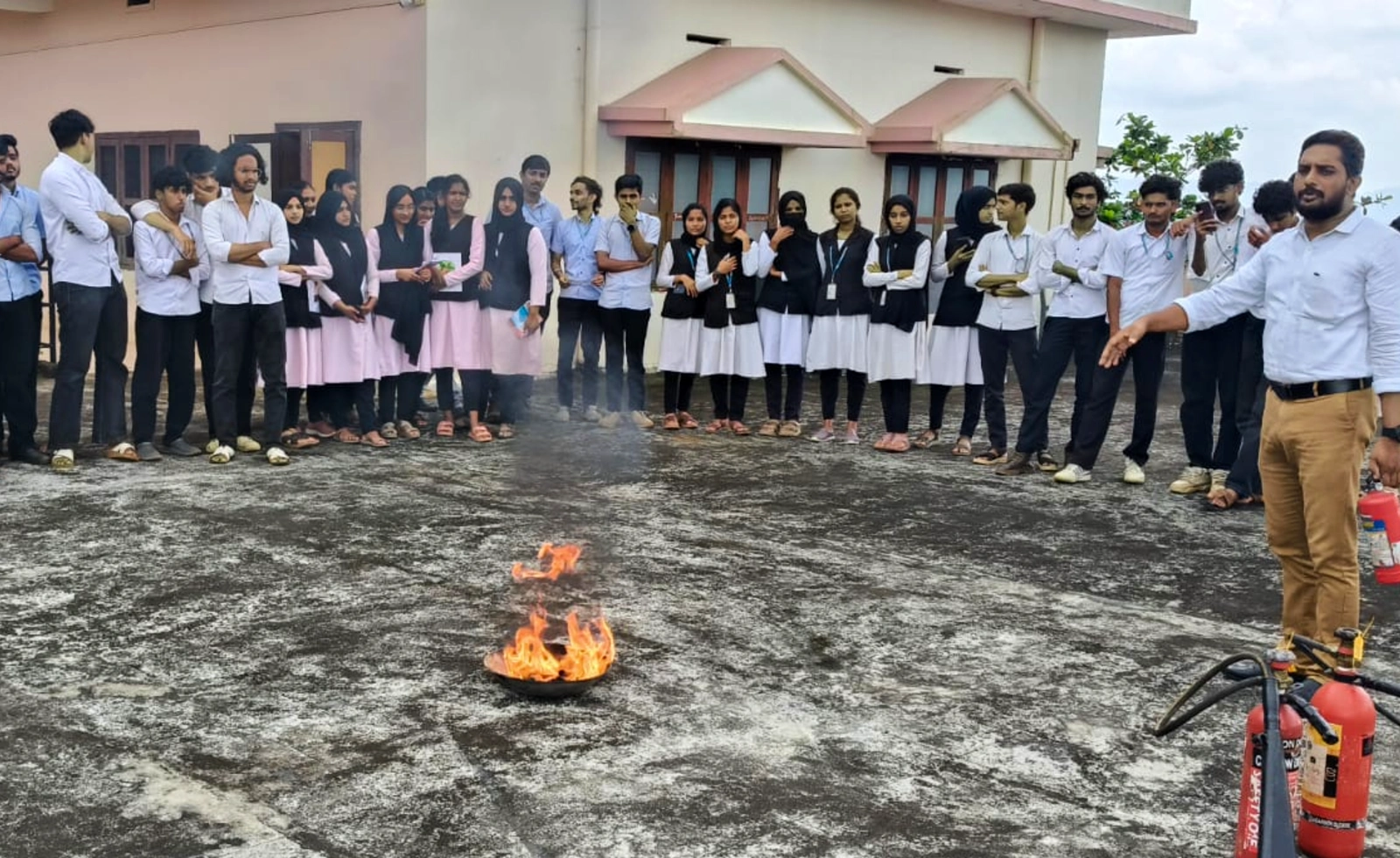What Every Student and Employee Should Know, Preventing and Responding to Fire Emergencies
Fire emergencies remain one of the most critical workplace hazards across industries in Kerala and beyond. Understanding fire prevention strategies and emergency response protocols can literally save lives and protect valuable assets. This comprehensive guide equips you with essential knowledge to recognize risks, implement prevention measures, and respond effectively during fire emergencies.

Understanding Fire Hazards in Educational and Workplace Environments
Fire emergencies can occur in any setting—classrooms, offices, manufacturing facilities, or hospitality establishments. The risk multiplies when individuals lack proper awareness and training on fire safety protocols. Educational institutions and workplaces must prioritize fire safety as a fundamental aspect of their occupational health and safety (OSH) programs.
Different environments present unique fire risks. Schools may face electrical hazards and combustible storage issues, while industrial sites encounter flammable liquids and chemical reactions. Recognizing these specific hazards is your first line of defense against potential fire incidents.
The Four Elements of Fire: What You Must Know
Fire requires four essential elements to ignite and sustain: oxygen, fuel, heat, and a chemical reaction between them.
This concept, known as the fire tetrahedron, forms the foundation of fire prevention strategies. Oxygen is naturally present in our atmosphere, making it the most difficult element to control. Fuel sources include paper, textiles, oils, and gases common in educational and work settings. Heat sources range from electrical equipment malfunctions to smoking materials and open flames.
By controlling fuel and heat sources, you effectively prevent the chemical chain reaction that creates fire. Most workplace fires can be prevented by maintaining proper housekeeping, securing ignition sources, and storing combustible materials appropriately.
Fire Prevention: Practical Steps You Can Take Today
Effective fire prevention begins with individual responsibility and collective vigilance in your workplace or educational institution. Never underestimate the power of simple practices—they form the foundation of fire safety culture.
Electrical Safety:
- Keep electrical equipment in good condition
- Report damaged cords or malfunctioning appliances immediately
- Avoid overloading electrical outlets
- Ensure adequate ventilation around electronic equipment
Workspace Management:
- Maintain clear pathways and emergency exits
- Remove clutter and stored materials blocking escape routes
- Never block or lock fire doors
- Store combustible materials in designated areas
Smoking and Open Flames:
- Smoking strictly prohibited in enclosed spaces and areas with flammable materials
- Ensure cigarettes are completely extinguished and disposed of properly
- Implement strict policies regarding open flames and welding equipment
- All heat sources require proper authorization and supervision

The Critical Role of Fire Detection Systems
Modern fire detection systems serve as your early warning mechanism when fire prevention efforts fail. Smoke detectors and heat alarms should be installed throughout buildings and tested regularly to ensure functionality. These devices provide precious minutes for evacuation before fire spreads dangerously.
Smoke detectors respond to visible smoke particles, making them effective for most fires, while heat detectors activate at specific temperature thresholds. Combination systems provide comprehensive coverage for different fire scenarios. Report any malfunctioning alarms or detectors immediately to your maintenance department. Never disable, cover, or tamper with fire detection equipment, regardless of false alarms. These systems exist to protect everyone in the building from fire emergencies.
Fire Extinguishers: Know When and How to Use Them
Fire extinguishers are essential fire safety tools with specific limitations and proper usage techniques that everyone should understand. Never attempt to use a fire extinguisher unless you have received proper training and the fire is small, contained, and not spreading rapidly. Your safety comes first—evacuate immediately if you feel uncertain.
Different fire classes require different extinguishing agents.
The PASS Technique:
- Pull the pin
- Aim at the base of the fire
- Squeeze the handle
- Sweep side to side
Emergency Evacuation Procedures: Your Action Plan
Every student and employee must know the evacuation procedures specific to their building and area. Familiarize yourself with all emergency exits, not just the one you use daily, as your primary route may become blocked during a fire. Study evacuation maps posted throughout buildings and mentally plan your escape routes.
Participate actively in fire drills and evacuation exercises conducted by your institution or workplace. These practical rehearsals build muscle memory and confidence, ensuring quick response during actual emergencies.
When an Alarm Sounds:
- Treat it as a real emergency and evacuate immediately
- Do not stop to gather personal belongings
- Close doors behind you to slow fire and smoke spread
- Never lock doors
- Proceed calmly to designated assembly points
Personal Responsibilities During Fire Emergencies
Your behavior during a fire emergency directly impacts your safety and that of others around you. Remain calm and composed—panic and confusion cause more injuries during evacuations than fire itself in many cases.
Never use elevators during fire emergencies, as power failures could trap you between floors. Stairs are your designated evacuation route—proceed down stairs calmly without running, as falls cause serious injuries. If stairs are blocked, move to a designated refuge area and alert emergency responders to your location.
Assist others who may need help evacuating, particularly students or colleagues with mobility limitations or sensory disabilities. Prior coordination with these individuals ensures you understand their specific evacuation needs. Communicate clearly and provide appropriate support without hindering the overall evacuation process.
Special Considerations: Disabilities and Evacuation Support
Educational institutions and workplaces must ensure that all individuals, including those with disabilities, can evacuate safely during fire emergencies. If you have mobility limitations, sensory disabilities, or other conditions affecting evacuation, inform your supervisor or institution immediately.
Specific Accommodations Needed:
- Hearing impairments: visual alarm systems and personal notification from designated staff
- Mobility challenges: accessible evacuation routes and assistance from trained personnel
- Visual impairments: orientation training covering evacuation routes and reference points
Designated assistants should receive specific training on supporting individuals with particular needs. Never assume someone doesn’t need assistance—ask directly and listen carefully to their instructions. Clear communication and advance planning eliminate confusion during high-stress emergency situations.
What to Do After Evacuating: Post-Emergency Actions
Once you’ve reached the designated assembly point, remain there until emergency responders or supervisors confirm it’s safe to leave. Never attempt to reenter the building to retrieve belongings, check on others, or investigate the fire. Authorized personnel only should remain on scene to coordinate with firefighters and emergency services.
Key Post-Emergency Actions:
- Provide emergency responders with critical information about people still in the building
- Report unusual circumstances or persons who didn’t evacuate to supervisors
- Follow all instructions from emergency personnel and supervisors regarding return to building
- Participate in post-incident discussions and debriefings
Specialized Fire Safety Training: Taking Your Knowledge Further
While this guide covers essential fire safety knowledge, comprehensive training programs provide deeper expertise and practical skills. Institutions like Al Salama School of Safety Studies offer specialized fire safety courses in Kerala, designed for students and professionals seeking advanced competency. These programs cover fire science, detection systems, prevention strategies, and emergency response protocols in detail.
Fire safety certification courses equip you with credentials recognized across industries and geographic regions. Advanced training includes hands-on practice with fire extinguishers, evacuation simulations, and scenario-based learning. Professionals holding fire safety certifications command higher salaries and access better career opportunities in safety-critical roles. Participate in regular refresher courses to maintain current knowledge as fire safety standards and technologies evolve.
Building a Fire-Safe Culture in Your Organization
Creating a workplace or educational environment where fire safety is prioritized requires consistent effort from leadership and all team members. Regular communication about fire hazards and prevention measures reinforces the importance of this critical area.
Key Organizational Strategies:
- Conduct regular fire safety audits to identify potential hazards
- Involve students, employees, and safety committees in hazard identification
- Invest in infrastructure improvements—updated fire detection systems, improved signage, and accessible emergency exits
- Allocate adequate resources for training, maintenance, and safety equipment
- Leadership commitment creates a culture where everyone takes responsibility
Your Role in Fire Emergency Prevention and Response
Every student and employee plays a vital role in preventing fire emergencies and responding effectively when they occur. Knowledge combined with practical skills and awareness creates the foundation for fire-safe environments. By understanding fire hazards, prevention strategies, detection systems, and emergency procedures, you protect yourself and contribute to workplace and educational safety.
Your commitment to fire safety extends beyond personal protection to safeguarding colleagues, students, and organizational assets. Regular training, active participation in drills, and consistent adherence to fire safety protocols demonstrate your professionalism and dedication to safety culture.
Take Action Today:
- Review evacuation procedures in your building
- Locate fire extinguishers and alarms
- Identify potential hazards in your work or study area
- Share fire safety knowledge with others
- Encourage participation in training programs
Together, we build communities and workplaces where fire emergencies are prevented, and when they do occur, everyone responds effectively to minimize harm and protect lives.



